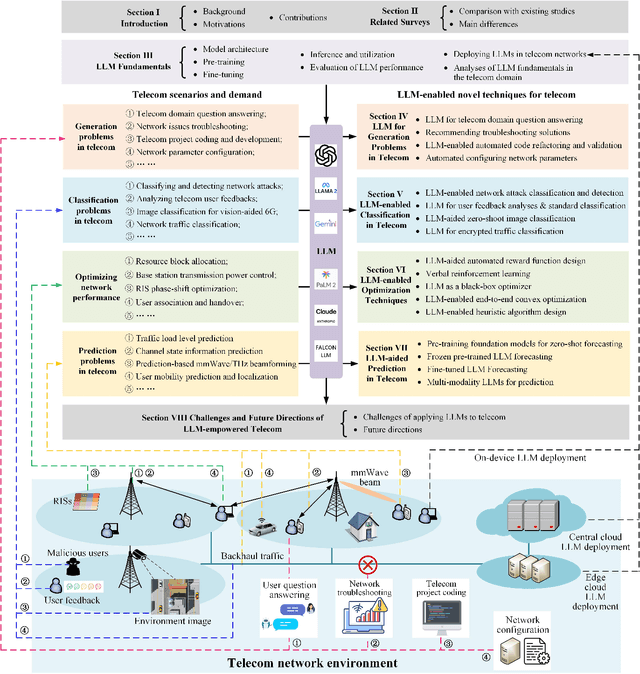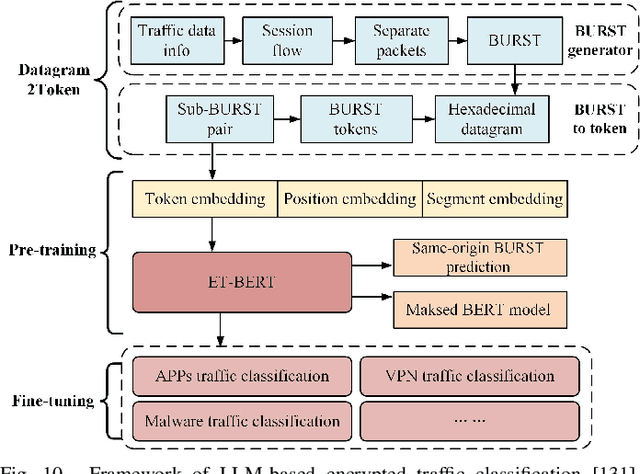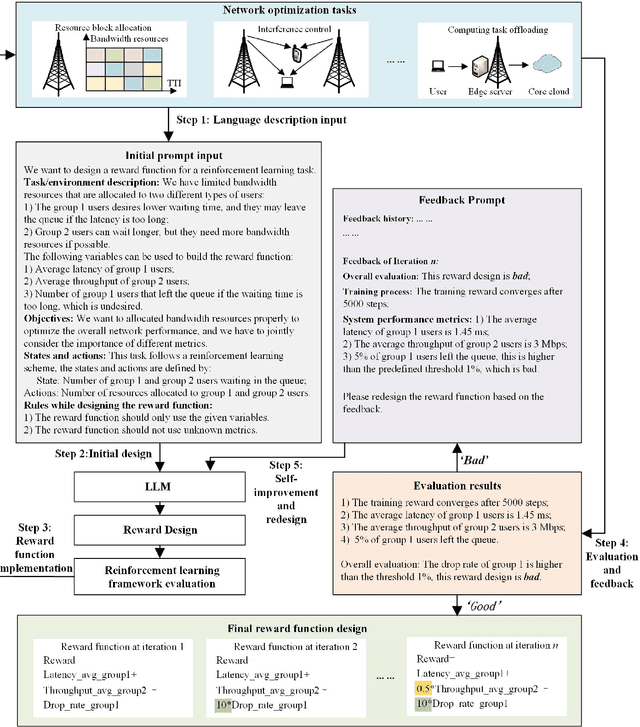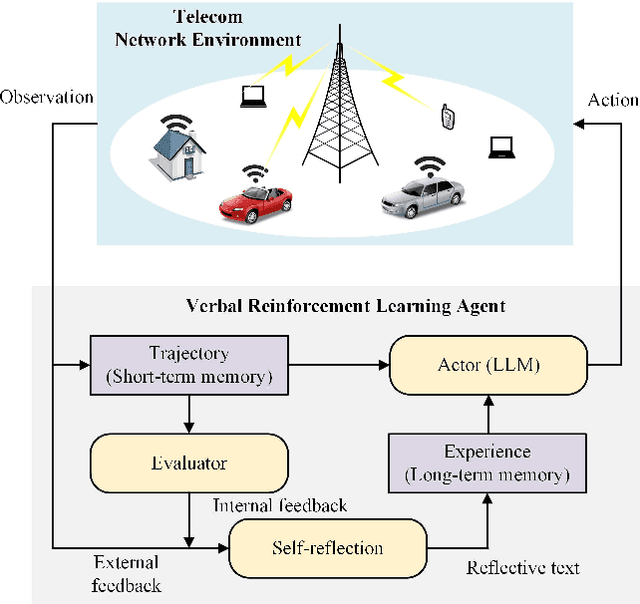Yili Jin
Large Language Model (LLM) for Telecommunications: A Comprehensive Survey on Principles, Key Techniques, and Opportunities
May 17, 2024



Abstract:Large language models (LLMs) have received considerable attention recently due to their outstanding comprehension and reasoning capabilities, leading to great progress in many fields. The advancement of LLM techniques also offers promising opportunities to automate many tasks in the telecommunication (telecom) field. After pre-training and fine-tuning, LLMs can perform diverse downstream tasks based on human instructions, paving the way to artificial general intelligence (AGI)-enabled 6G. Given the great potential of LLM technologies, this work aims to provide a comprehensive overview of LLM-enabled telecom networks. In particular, we first present LLM fundamentals, including model architecture, pre-training, fine-tuning, inference and utilization, model evaluation, and telecom deployment. Then, we introduce LLM-enabled key techniques and telecom applications in terms of generation, classification, optimization, and prediction problems. Specifically, the LLM-enabled generation applications include telecom domain knowledge, code, and network configuration generation. After that, the LLM-based classification applications involve network security, text, image, and traffic classification problems. Moreover, multiple LLM-enabled optimization techniques are introduced, such as automated reward function design for reinforcement learning and verbal reinforcement learning. Furthermore, for LLM-aided prediction problems, we discussed time-series prediction models and multi-modality prediction problems for telecom. Finally, we highlight the challenges and identify the future directions of LLM-enabled telecom networks.
From Capture to Display: A Survey on Volumetric Video
Sep 11, 2023Abstract:Volumetric video, which offers immersive viewing experiences, is gaining increasing prominence. With its six degrees of freedom, it provides viewers with greater immersion and interactivity compared to traditional videos. Despite their potential, volumetric video services poses significant challenges. This survey conducts a comprehensive review of the existing literature on volumetric video. We firstly provide a general framework of volumetric video services, followed by a discussion on prerequisites for volumetric video, encompassing representations, open datasets, and quality assessment metrics. Then we delve into the current methodologies for each stage of the volumetric video service pipeline, detailing capturing, compression, transmission, rendering, and display techniques. Lastly, we explore various applications enabled by this pioneering technology and we present an array of research challenges and opportunities in the domain of volumetric video services. This survey aspires to provide a holistic understanding of this burgeoning field and shed light on potential future research trajectories, aiming to bring the vision of volumetric video to fruition.
FSVVD: A Dataset of Full Scene Volumetric Video
Mar 07, 2023Abstract:Recent years have witnessed a rapid development of immersive multimedia which bridges the gap between the real world and virtual space. Volumetric videos, as an emerging representative 3D video paradigm that empowers extended reality, stand out to provide unprecedented immersive and interactive video watching experience. Despite the tremendous potential, the research towards 3D volumetric video is still in its infancy, relying on sufficient and complete datasets for further exploration. However, existing related volumetric video datasets mostly only include a single object, lacking details about the scene and the interaction between them. In this paper, we focus on the current most widely used data format, point cloud, and for the first time release a full-scene volumetric video dataset that includes multiple people and their daily activities interacting with the external environments. Comprehensive dataset description and analysis are conducted, with potential usage of this dataset. The dataset and additional tools can be accessed via the following website: https://cuhksz-inml.github.io/full_scene_volumetric_video_dataset/.
SemEval-2020 Task 4: Commonsense Validation and Explanation
Jul 01, 2020



Abstract:In this paper, we present SemEval-2020 Task 4, Commonsense Validation and Explanation (ComVE), which includes three subtasks, aiming to evaluate whether a system can distinguish a natural language statement that makes sense to human from one that does not, and provide the reasons. Specifically, in our first subtask, the participating systems are required to choose from two natural language statements of similar wording the one that makes sense and the one does not. The second subtask additionally asks a system to select the key reason from three options why a given statement does not make sense. In the third subtask, a participating system needs to generate the reason automatically.
 Add to Chrome
Add to Chrome Add to Firefox
Add to Firefox Add to Edge
Add to Edge